Antelopes are a large, diverse collection of herbivores of the Bovidae family that are not classified as sheep, cattle, or goats (this type of informal naming is sometimes called a “wastebasket”). There are approximately 91 species classified as antelopes, most of which are native to Africa, but they also occur in Asia and parts of the Americas. Approximately 25 species are listed as Endangered. Read on to learn about the antelope.
Description of the Antelope
Antelopes are deer-like herbivores that vary enormously in size, depending on the species. They have long legs, a slender neck, and large ears. One of the characteristic features of antelopes are their horns, which have a bone core covered in keratin (the same substance which makes our hair and fingernails).
Males always have horns, but in some species, the females do not. Some species have horns that twist in intricate spirals, some are ridged or corrugated, and others grow in wide sweeping curves finishing in a sharp point. Their horns may grow up to 5 ft (1.5 m) in length.
Interesting Facts About the Antelope
Due to the large number of antelope species, they have a great diversity of characteristics, behaviors and lifestyles. This means there are several interesting facts about antelopes.
- Size – The smallest antelope is the Royal antelope, which is only the height of a rabbit, and can be compared to the tallest, the Eland, which stands 4 – 6 feet (130 – 180 cm) tall at the shoulder.
- Common Name – One antelope, the “Duiker,” gets its name from the Afrikaans word duik, or Dutch duiken – both of which mean “to dive.” This refers to their behavior of frequently diving into vegetation for protection.
- Permanent Horns – Antelope horns are permanent, whereas deer shed their antlers each year.
- Fast Speed – Rheboks can gallop up to 40 mph (64 kph), leading some to believe the popular Reebok running shoes were named after this antelope.
Habitat of the Antelope
Antelope are found in a wide range of habitats. Typically, especially in Africa, these habitats are savannahs and grassland plains. Some species live in forests or woodlands, others in deserts (both hot and cold), or in areas of rocky outcrops. At least two species of antelope are semi-aquatic, living in swamps or wetlands.
Distribution of the Antelope
Mainly Africa, but also in parts of Asia and the Americas.
Diet of the Antelope
Almost all antelope species are herbivores, eating only plant material. However, some Duiker species have been reported to eat insects, birds, and small mammals.
Antelope and Human Interaction
Many antelope species are hunted for their horns, meat, and skin, though desirability of species for these purposes vary enormously. As a result, one species of antelope that is hunted in one country may be protected in another. Some species, such as the Saiga, are poached for their horns for use in Asian alternative medicines.
Domestication
A very few species of antelopes are farmed on a small scale. There have been some attempts to domesticate antelopes, but these have been unsuccessful, partly because they are extremely difficult to tame, and very good at jumping over fences.
Does the Antelope Make a Good Pet
Some of the smaller species have been kept as pets, but they are extremely difficult to tame.
Antelope Care
Because of the large number of species of antelope, and their great diversity of lifestyles and requirements, only persons with specialist knowledge should attempt to care for them.
Behavior of the Antelope
Both male and female antelope have a scent gland just in front of each eye called a pre-orbital gland. They scent-mark by rubbing this gland on twigs and other vegetation, stones, and sometimes on each other. They also have scent glands between their split hooves and on their knees.
Some species of antelope perform a spectacular behavior called “stotting,” or “pronking.” When stotting, they spring high into the air, keeping their legs stiff while arching their backs and pointing their heads toward the ground. There are several theories as to why antelopes perform this behavior, one of which is that they are telling predators that they would be difficult to catch.
Reproduction of the Antelope
Antelope become sexually mature at approximately six to eight months of age, with males usually developing more slowly than females. Pregnancy (gestation) lasts between four and nine months, depending on the species. The female usually gives birth to a single calf, but may occasionally have twins.
In some species, the mother will leave the herd to give birth to her baby in a well-protected location, returning occasionally to nurse the youngster; the calf joins the herd about a week later. In other species, for example the hartebeest and gnu, the calf may be able to walk within minutes of being born, and joins the herd along with its mother shortly thereafter.


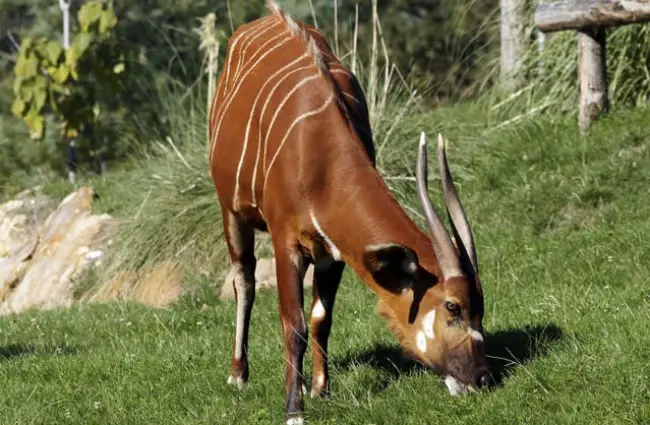

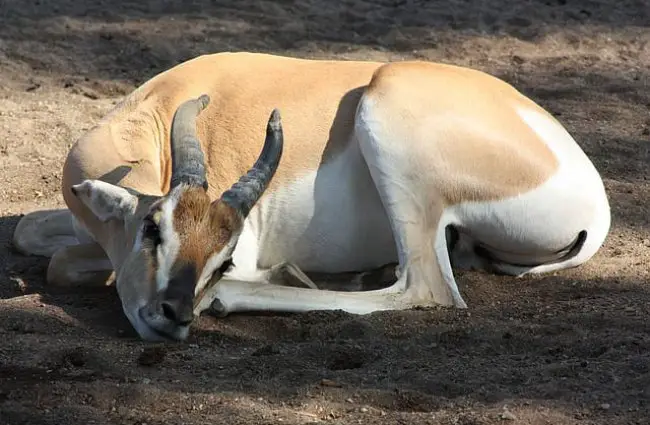
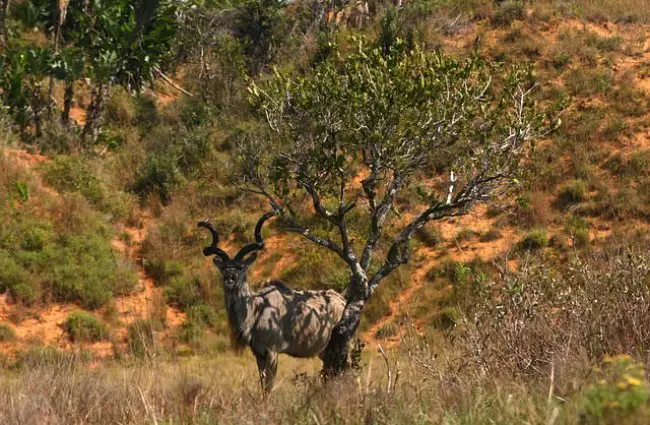
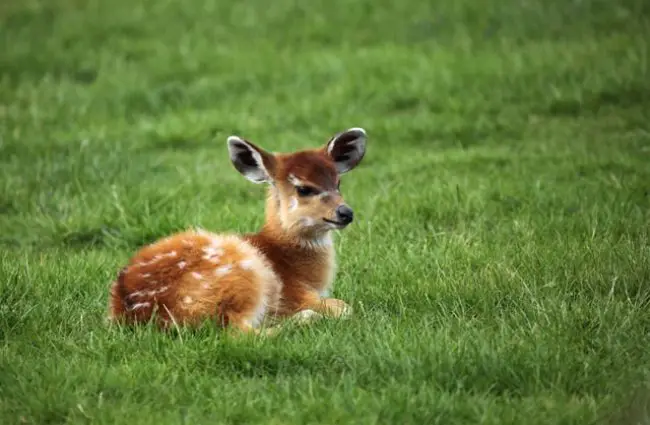
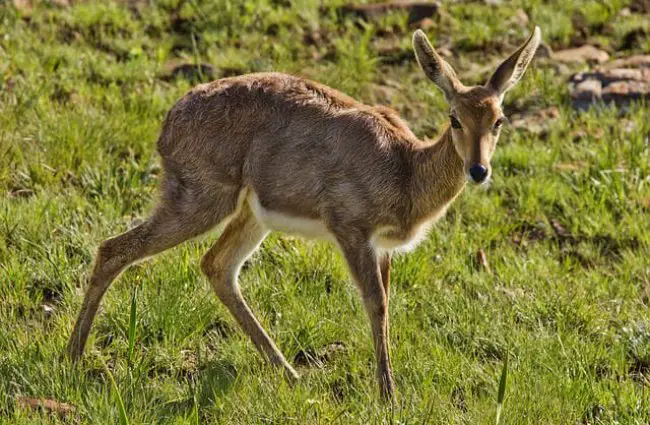

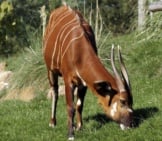


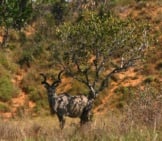


![Red Angus Closeup of a beautiful Red Angus cowPhoto by: U.S. Department of Agriculture [pubic domain]https://creativecommons.org/licenses/by/2.0/](https://animals.net/wp-content/uploads/2020/03/Red-Angus-4-238x178.jpg)












![Red Angus Closeup of a beautiful Red Angus cowPhoto by: U.S. Department of Agriculture [pubic domain]https://creativecommons.org/licenses/by/2.0/](https://animals.net/wp-content/uploads/2020/03/Red-Angus-4-100x75.jpg)

